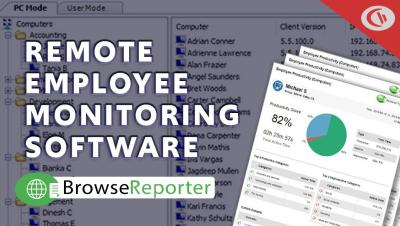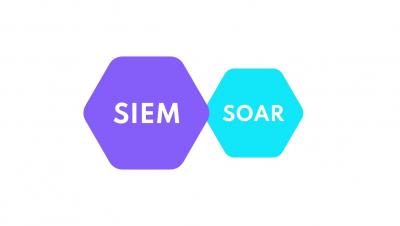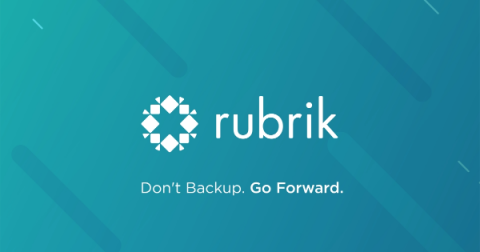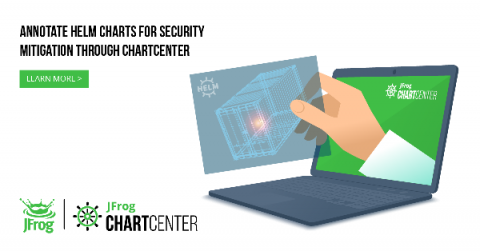Security | Threat Detection | Cyberattacks | DevSecOps | Compliance
Security
Remote Employee Monitoring Software - How To Audit Employee Computer Activity | CurrentWare
Nature vs. Nurture Tip 2: Scan Frequently and Consistently
In our first blog in this series, Nature vs. Nurture Tip 1: Using SAST With DAST, we discussed how this year’s State of Software Security (SOSS) report looked at how both “nature” and “nurture” contribute to the time it takes to close out a security flaw. We found that the “nature” of applications – like size or age – can have a negative effect on how long it takes to remediate a security flaw.
Customer interview with Jessica Perrott, FDC Group
4 Things a Good Vulnerability Management Policy Should Include
Organizations face an ever-evolving threat landscape. With this in mind, it is imperative that organizations keep an up-to-date vulnerability management policy for remediating and controlling security vulnerabilities that may lead to a breach. A good vulnerability management policy should contain the following.
Threat Alert: Protect Your Files from New Google Drive Security Risks
Earlier this year, the news broke of a new method that attackers were using to infiltrate Google Drive.
Gazing into the crystal ball: A look at 2021 software security predictions
Experts share their 2021 software security predictions about DevSecOps adoption, the risks of social engineering and ransomware, cloud adoption, and more. Anybody who made predictions a year ago about 2020 could be forgiven for feeling a bit like the TV weather forecaster who got a note from an angry viewer telling him, “I just shoveled six inches of ‘partly cloudy’ off my driveway.”
Customized Autoscaling: Minimize Your Cloud Cost
Kubernetes clusters have become the go-to solution for hosting applications in the cloud. Most cloud providers offer Kubernetes services, such as the Azure Kubernetes Service (AKS), Amazon Elastic Kubernetes Service (Amazon EKS), or Google Kubernetes Engine (GKE). But are you spending too much on compute resources in the cloud? Is your load pattern complex and difficult to predict? Is the load growing inconsistently or are you running applications on-demand that could cause sudden bursts?
Adding Helm Chart Security Mitigation Notes to ChartCenter
Earlier this year, we launched ChartCenter, our newest community platform to help Kubernetes developers find Helm charts. This new free Helm central repository was built with chart immutability in mind— meaning every version of a Helm chart and every version in ChartCenter will always be available even if the original source goes down.











